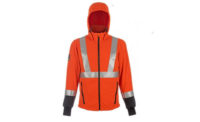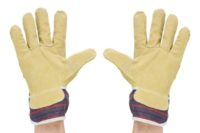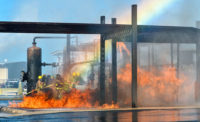Most severe burn injuries and fatalities are caused by non-flame resistant clothing igniting and continuing to burn. The body area under non-FR clothing is often burned even more severely than exposed skin. When workers are exposed to flash fires while wearing “everyday” fabrics, those fabrics can ignite, melt and continue to burn, which in turn increases the injury and could lead to death. If your workers face short-term thermal exposure from fire, you should research the 2018 edition of the National Fire Protection Association (NFPA®) 2112 standard.
Particularly in oil and gas drilling, well servicing and production-related operations, use of flame-resistant (FR) clothing was hindered after OSHA issued an enforcement directive in March, 2010, due to:
- Less mature understanding of the importance and adoption of FR clothing (compared to other industries like electric utilities and oil refining);
- Confusion over selecting and specifying FR clothing.
In manufacturing, chemical, and petroleum-based industrial sites, fires usually are extensive when they occur. Short-duration fires are an exception. Three seconds is a performance specification that is only used to qualify a garment as FR. It has nothing to do with establishing the correct level of PPE workers need in a particular fire hazard environment. Flash fires may occur in environments where fuel, typically flammable gas or dust, is mixed with air in concentrations suitable for combustion.
Flash fire is a particular danger in enclosed spaces; even a relatively small fire can consume enough oxygen and produce enough smoke to cause death by asphyxiation or smoke inhalation
Standard guidance
NFPA 2112 specifies minimum performance requirements and test methods for flame-resistant fabrics and components, and the design and certification requirements for garments for use in areas at risk from flash fires. By following these standards, you can provide your employees garments to protect them from the dangers of high-intensity flash fires.
When you purchase FR clothing, take note of 2112’s several performance requirements and tests that must be completed to ensure clothing will protect against flash fires. The standard requires manufacturers to provide users with warnings, information and instructions with each FR garment, as well as a sizing chart indicating the range of key wearer measurements.
Obtaining the 2018 standard
The requirements of NFPA 2112 are too detailed to list here. You can purchase the 2018 edition of the standard at www.nfpa.org/codes-and-standards/. In general, 2112 sets performance standards for FR fabrics and components, including fabric, thread, hardware and labels. There are six tests for FR fabrics and components. Design requirements cover clothing used in areas at risk from flash fires (for hardware, metal components, slide fastener tapes).
To be certified, FR clothing must pass the ASTM F1930 Standard Test Method for Evaluation of Flame Resistant Clothing for Protection Against Fire Simulations Using an Instrumented Mannequin. An instrumented mannequin representing a human body is equipped with a minimum of 100 thermal energy sensors. After the test garment is on, the mannequin is exposed to flames simulating a flash fire. The duration of flame exposure is three seconds. Data from the test is used to calculate burn percentage for second and third degree burns.




